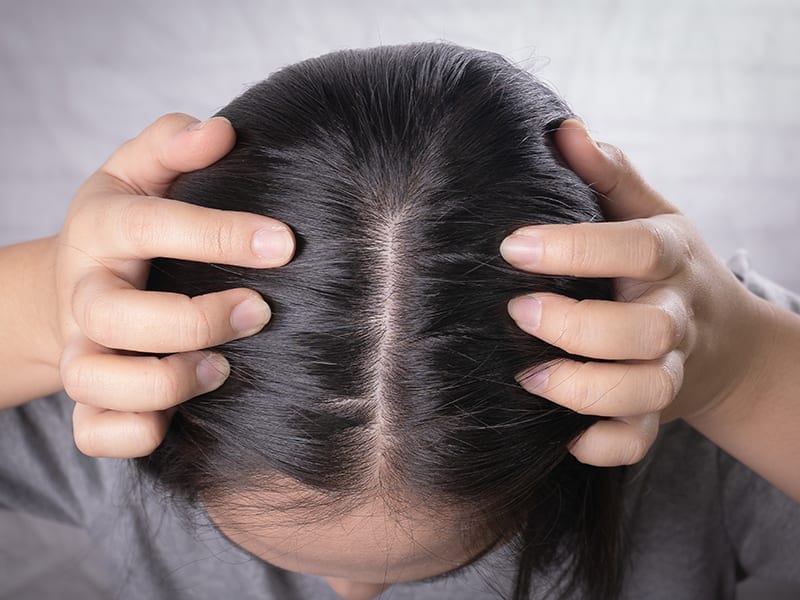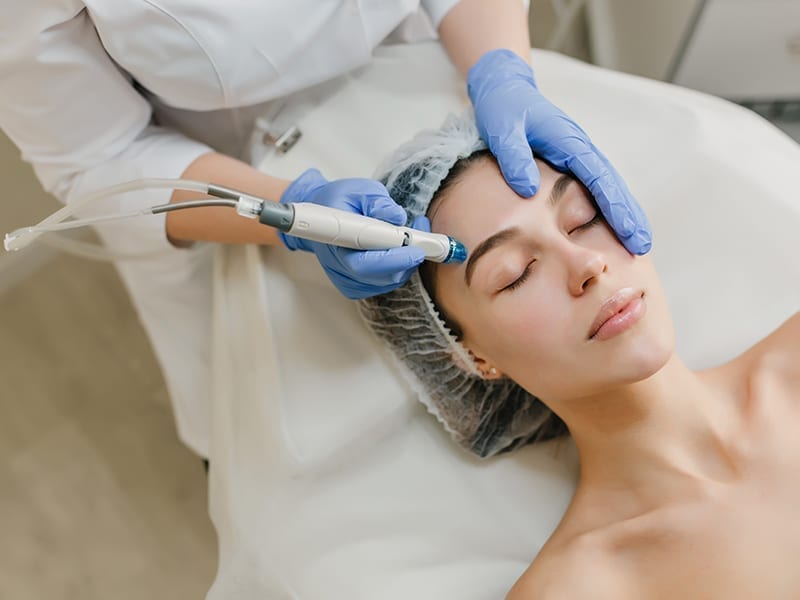Plastic surgery was considered a vain effort to look young or desirable and is often talked about in hush tones or to mock the person who has had plastic surgery. But now with increasing popularity, information and awareness, many procedures like breast augmentation, reduction, liposuction, hair transplants and botox are on the rise. And, with such surgeries being a necessity for burn patients or people disfigured due to an accident, the acceptance has grown multifold. So what exactly are the procedures like, who can opt for them, and how long do they last?
TC46 connected with Plastic, Cosmetic & Reconstructive Surgeon Dr Vinod Vij of Hiranandani Hospital in Mumbai. He talks about the most commonly requested surgeries, the cost of such procedures and what post-surgical care entails.
1. What are plastic, reconstructive, and aesthetic surgeries?
Today surgeons specialize in niche areas due to tremendous advancement of modern surgery. Plastic surgeons focus on understanding blood supply of tissues, wound healing and so on.
Plastic surgery is a surgical procedure to repair and restore damaged and abnormal body parts. It practically improves or changes one’s appearance.
On the other hand, reconstructive surgery is performed to correct disfigurement issues due to congenital defects, developmental abnormalities, trauma, infection, tumours, burn injuries or diseases. It is commonly performed for medical reasons to improve a person’s life; however, it may also be done to improve one’s appearance.
Meanwhile, aesthetic surgery or cosmetic surgery is performed to enhance an individual’s appearance. It includes procedures to spruce up the face and body. Some of the common surgeries are tummy tuck (Abdominoplasty), breast augmentation, breast reduction, eyelid surgery, nose reshaping (Rhinoplasty), facelift and removal of fat (Liposuction).
2. In what ways are these surgeries helpful?
Most plastic surgery procedures are just that – surgery. They involve anaesthesia, wound healing, and other serious risks. Accidents, burnt cases, Cleft Lip (congenital deformity) and facial disorders come under the ambit of reconstructive surgeries. Post-burn deformities and congenital facial disorders can be addressed at the right time with prescribed techniques like grafting, local flaps or microvascular flaps. So yes, these surgeries are helpful and improve a patient’s quality of life as well as help them gain back their confidence.
3. What is the procedure for plastic surgery? Who are the right candidates for the same?
The most common cosmetic procedures are as follows:
- Liposuction: Removal of fat deposits
- Breast Augmentation: Increase the size or change the shape of the breasts
- Blepharoplasty: Repair of droopy eyelids, and may involve removing excess skin, muscle, and fat
- Abdominoplasty: Also known as ‘tummy tuck’, it minimizes the abdominal area
- Breast Reduction: Removes extra fat, tissue and skin from the breasts
- Rhinoplasty: Repairs or reshapes the nose
- Breast Lift: Treats sagging breasts by removing excess skin and tightening the remaining tissue
- Forehead Lift: Removes excess fat and skin, as well as tightens muscles in the forehead area
- Gynaecomastia: Also known as male breast reduction, this is the surgical correction of overdeveloped or enlarged breasts in men
The choice for any cosmetic procedure depends on the candidate. One may go under the knife because of any traumatic accident or simply to improve looks. The important requirement is that the person should not suffer from any comorbidities.
4. What are some commonly requested facial cosmetic procedures in India?
Some of the common facial plastic surgery procedures are highlighted below, and their cost varies as per the requirement:
- Dermabrasion
- Eyelid lift (Blepharoplasty)
- Facelift
- Forehead lift
- Hair replacement / transplantation
- Botox and fillers
5. While breast augmentation surgeries are common, breast reduction surgeries are seeing a surge. What is the process for the same and what are some qualifiers?
Breast reduction surgeries on the rise due to discomfort, tenderness around the nipple, Intertrigo (inflammatory condition of skin folds), restricted activity, backache due to heavy breasts and embarrassment. The symmetry of a woman’s breasts can have a profound effect on her mental and physical well-being.
- Before the surgery is planned, the process involves evaluating the patient’s medical history and overall health and family history for Breast Cancer.
- A physical examination is conducted to determine the size and shape of the breasts, the quality of the skin, expectations for breast size and appearance after the surgery, examining and measuring the breasts, providing a detailed description of the procedure and its risks and benefits.
- Different kinds of surgeries are prescribed as per the size of the breast. It is recommended that women wait until their adulthood, but if breasts are fully developed then age is not as important a factor.
6. When do you need a hair transplant? What is the procedure?

There is no ideal age to recommend a hair transplant. Hair transplant is a very popular procedure in male baldness patterns. The procedure is carried out in two ways: Follicular Unit Strip Surgery (FUSS) or Follicular Unit Extraction (FUE).
FUSS is a hair grafting technique in which a scalpel is used to remove a unit of hair from the donor area. The surgeon removes a 6 to 10-inch strip of skin from the optical area of the skull. Then the strip of removed scalp is divided into 500 to 2,000 tiny grafts, each with an individual hair or just a few hairs.
In FUE procedure, the surgeon’s team will shave the back of the scalp. Then, one by one hair follicles are removed. The area heals with small dots, which gets covered by existing hair. After this point, both procedures are similar. The surgeon cleans and numbs the area where the hair will go, creates holes or slits with a scalpel or needle, and delicately places each graft in one of the holes.
7. How safe is Botox? What are the side-effects of prolonged use of Botox?
Botox is a purified form of Botulinum Toxin used to counter wrinkles. Botox works by blocking the nerves that contract muscles, softening the appearance of wrinkles. Botox, if used in an adequate amount, will not harm the body.
The side-effects of prolonged use of Botox are headaches, bruising, pain at the site of injection, allergic reactions, muscles getting weak, and in fewer than 1% of cases, drooping eyelids or eyebrows that return to their natural position within a few months. If someone is breastfeeding, pregnant or planning for pregnancy, they are recommended to consult a doctor before starting Botox.
8. What are the risks associated with plastic surgery?
The risks associated with plastic surgery procedures are:
- Hematoma
- Infection
- Blood clots
- Seroma (pocket of clear serous fluid)
- Nerve damage
- Wound dehiscence
- Scarring
- Dissatisfaction
These are all besides the anaesthesia-related complications that are applicable to any patient being put under for a procedure of any kind.
9. Are all plastic surgery procedures long-lasting? Could you share which ones do last long and those that need revisits?
Many plastic surgery procedures are long-lasting and can provide years of personal satisfaction. However, there are many factors that will determine the results of plastic surgery. Anti-ageing procedures are not permanent and have less life as the skin and tissues will continue to break down with age and sun damage. Facelift, Blepharoplasty, and brow lift too can restore youthful contours, but it cannot stop the natural breakdown of skin and tissues.
Thus, different surgeries have different limitations which need to be considered before going for a procedure.
10. Are the procedures painful? What does the post-surgery care entail?
The procedures are of little discomfort due to incision in the skin and are supplemented by painkillers. The type of surgery determines the post-operative care for recovery. It often includes pain management and wound care. Patients’ disease history like Diabetes, Blood Pressure and other comorbidities need to be considered while suggesting procedures. Treatment for each type of plastic surgery and the resulting pain requires techniques that can be used as a single method or combined to relieve postoperative pain after plastic surgery.


